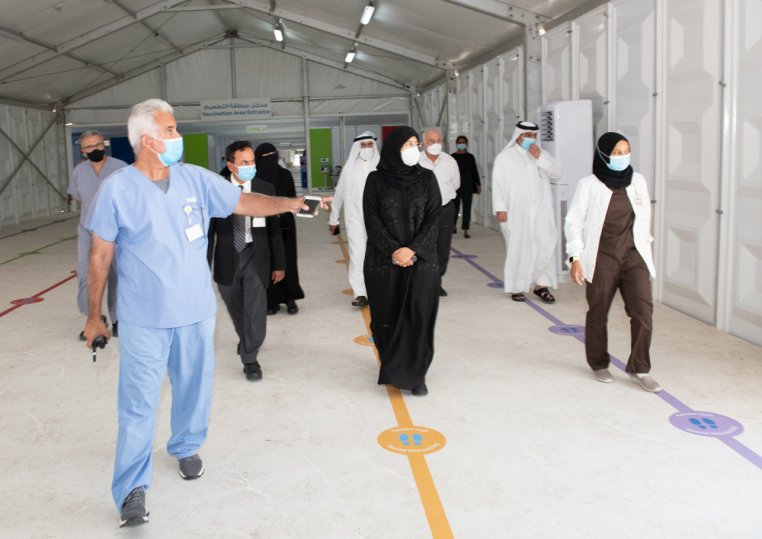
Now that the new coronavirus and COVID-19, the illness it causes, are spreading among other countries, phrases such as “social distancing,” “self-quarantine” and “flattening the curve” are showing up in the media.
What do they mean, and how might they apply to you, your family and your community?
Self Quarantine
- You are at risk of having the COVID-19 infection (coronavirus), but not actually known to be infected. You may or may not end up with it.
- You are asked to wait it out in isolation until 14 days have passed if you remain well. This reduces the chances of the infection spreading and applies if you have come back from the growing list of countries with a lot of infection or if you have had contact with someone who is positive
- If you become unwell during the 14 days, testing is done and if positive you move into isolation phase (or into hospital if very unwell)
- If unwell but testing is negative, we still want you to stay in quarantine until the 14 days are up, as the infection may take that long to show
- If well at the end of the 14 days, you may resume normal contact, providing you stay well.
Self-Isolation
- You have tested positive for COVID-19
- You are well enough to be looked after at home
- Isolation is a health care term that means keeping people who are infected with a contagious illness away from those who are not infected.
- Isolation can take place at home or at a hospital or care facility. Special personal protective equipment will be used to care for these patients in health care settings.
Social Distancing
Cancelling events that are likely to draw crowds is an example of social distancing. Social distancing is deliberately increasing the physical space between people to avoid spreading illness. Staying at least six feet away from other people lessens your chances of catching COVID-19.
While it may be disappointing to hear that so many sports events, cruises, festivals and other gatherings are being cancelled, there is a public health reason for these measures. These cancellations help stop or slow down the spread of disease allowing the health care system to more readily care for patients over time.
Other examples of social distancing that allow you to avoid larger crowds or crowded spaces are:
- Working from home instead of at the office
- Closing schools or switching to online classes
- Visiting loved ones by electronic devices instead of in person
- Cancelling or postponing conferences and large meetings
More on Healthcare






Leave A Comment
You must be logged in to post a comment.